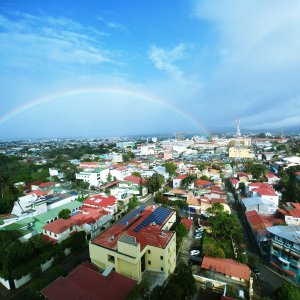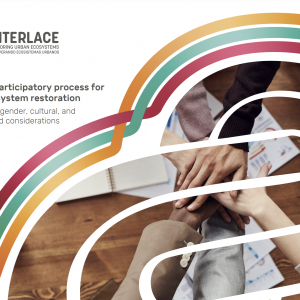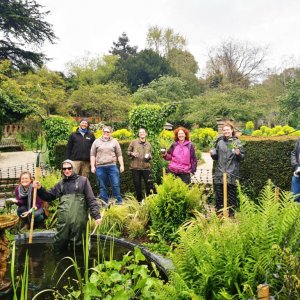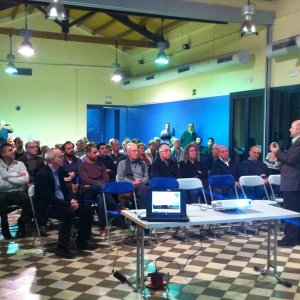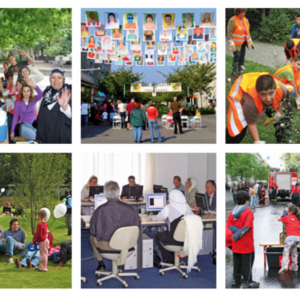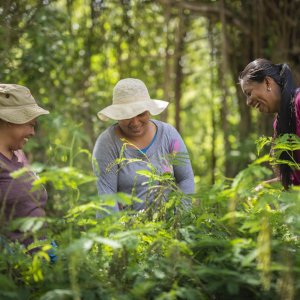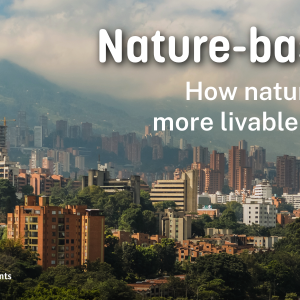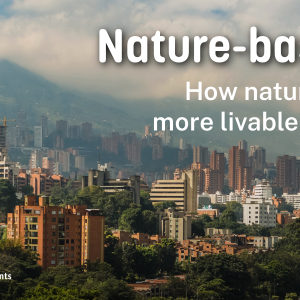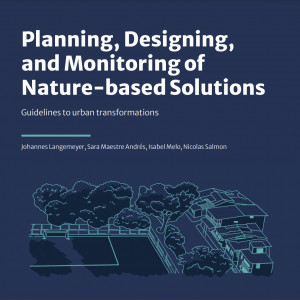An uneven distribution of benefits and costs regarding NBS exists between diverse stakeholder groups based on differences regarding, inter alia, gender, age, class, ethnicity, education, disability and their intersectionalities. Moreover, these different stakeholders diverge on how nature is perceived and valued and in their levels of influence on decision-making. To avoid NBS reproducing social exclusions and inequalities, an inclusive and diverse representation of different types of stakeholders is needed to ensure that the planning, design, implementation and evaluation of NBS are open to inputs by diverse stakeholders.
Fostering inclusive and diverse governance processes for NBS is needed to ensure that the processes of planning, design, implementation and monitoring of NBS are open to inputs by diverse stakeholders. An uneven distribution of benefits and costs regarding NBS exists between diverse stakeholder groups based on differences regarding, inter alia, gender, age, class, ethnicity, education, disability and their intersectionalities. Moreover, these different stakeholders diverge on how nature is perceived and valued and in their levels of influence on decision-making. Therefore, different needs, values and preferences of different social groups need to be incorporated in NBS decision-making processes which implies to promote inclusive and diverse participatory processes.
Social inclusivity refers to the involvement of a representative group of stakeholders, paying particular attention to disadvantaged groups according to context, whether by gender, culture, age, class, sexual orientation, education, religion or ethnicity (as well as the intersections between these). Promoting inclusive and diverse governance processes in the planning, design and monitoring of NBS is deemed important because it increases the social and political acceptance of NBS; it gives all relevant stakeholders the right to influence the design and management of NBS; and it improves the quality of decisions by incorporating different types of knowledges and expertise. By incorporating a greater quantity and diversity of knowledge and perspectives, tailored, locally-adapted and more equitable NBS can be created whilst increasing stakeholders’ appropriation of the NBS and its sustainability. If social inclusivity is not promoted, participatory arrangements can, in practice, lead to the exclusion of key social actors from decision-making and ultimately lead to disempowerment of local communities. Therefore, processes of information sharing, inclusive decision-framing, active deliberation and engagement, commitment, trust building, empowerment of local actors can all take place when planning, designing, implementing and monitoring NBS.
Several common barriers and blockers exist for promoting inclusive and diverse governance processes. There is often a lack of clear and public rules governing the participatory processes of decision-making around NBS. Stakeholders need to have accurate information about the participatory process and clear expectations about how the data and information they provide and how the products of their deliberations are used. Hence, stakeholders need to understand the process clearly in order to participate effectively and to judge whether participating is likely to be in their best interest. To collaborate under false premises is unfair and unlikely to produce sustainable benefits for any of the participants. Additionally, stakeholders such as public institutions, formal and also informal community organisations and private organisations are not involved from the very beginning in the NBS decision-making processes which generate imbalances in access to information and decision-making power. Moreover, there is usually not a clearly defined process to select who participates in the planning, design and implementation of NBS, which results in a misrepresentation of certain groups and generates mistrust around the representation process.
To address this need, INTERLACE has developed several products: a) a Protocol on cultural, gender and ethics-related considerations, which guides the promotion of inclusive governance processes for planning NBS to ensure a diverse representation of stakeholders in Latin America and Europe.
b) A Distance Learning Course dedicated to urban ecosystem restoration processes, where practical skills and case studies are emphasised. The relevant modules of this course are Module 3 on citizen engagement to foster ecological education regarding culture, ethics, and gender issues; and Module 4 on co-creation as a form of collaborative NbS governance.
c) A Report on lessons learned from the EU-CELAC knowledge exchange process. It includes inclusivity aspects in participatory decision-making processes regarding NBS planning, design, implementation and monitoring.
d) Good illustrative examples on inclusive and diverse participatory processes on NBS that can be found in the Urban Governance Atlas.
e) The Transformative Urban NBS Evaluator, an assessment framework for restorative NBS that guides the co-production of city-tailored, multi-objective, and multi-criteria assessment systems for restorative NBS. It fosters inclusive and diverse participatory processes to develop these assessment systems.
You might also like to visit City NbS Toolkit section on citizen engagement, which relates to this topic

